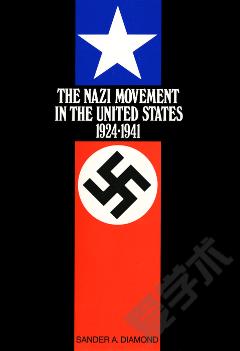Mobilizing Women for War —— German and American Propaganda, 1939-1945
----- 动员妇女为战争:德国和美国的宣传,1939-1945
Leila Rupp has written a carefully documented, informative, and fascinating book. The single most useful analytical tool that Rupp develops is a distinction between sex roles, which "are based on deeply rooted beliefs about male and female nature," and public images of women and men, which "are susceptible to rapid change in response to economic need" (p. 5). Of course, public images reflect and reinforce sex roles, but as Rupp demonstrates, propaganda in Germany and the United States altered the image of women to further the needs of a wartime economy in both countries. Comparing the United States and Germany at war is not only unusual-few scholars are knowledgeable about both-it is an important departure from research which tends to focus exclusively on the differences between the two countries. There are important similarities. They were, and are, two of the most highly developed capitalist economies in the world, and both are dominated by a middle class which is racist and patriarchal: "The ideal woman in both countries was a mother and housewife, responsible for maintaining the race and the family. Just as Nazi ideology denounced or ignored non-'Aryan' women or opponents of the regime in describing the ideal woman, so the American image excluded nonwhite, non-Americanized, and poor or working-class women. The Nazi principle of exclusion was deliberate, the American not, but the end result was the same: the ideal could only be attained by a fraction of the female population" (pp. 71-72). Nazi policies certainly were more blatantly oppressive and destructive than American policies, and although the United States had no Auschwitz, Japanese-Americans in detention camps during the war, blacks, Indians, and other minorities have experienced many forms of oppression in this country which, though less systematic and extensive than Nazi practices, are no less morally reprehensible. There were, however, important differences in the images of women in the two countries. Especially as it became clear that the Allies would win, American propaganda depicted women leaving the workplace to make way for returning soldiers (even though many women wanted to continue salaried work). Nazi propaganda did not project an image of women after the war-in part because the fall of the Third Reich became ever more imminent but also because Nazi leaders saw war as an essential element in the survival of a nation. During the war they attempted to mobilize women by showing heroic foremothers who bore soldiers for the German state. Comparable images of the heroic woman sacrificing her children to war are almost nonexistent in American propaganda, reflecting the more prevalent attitude of opposition to war in this country.
{{comment.content}}








 京公网安备 11010802027623号
京公网安备 11010802027623号